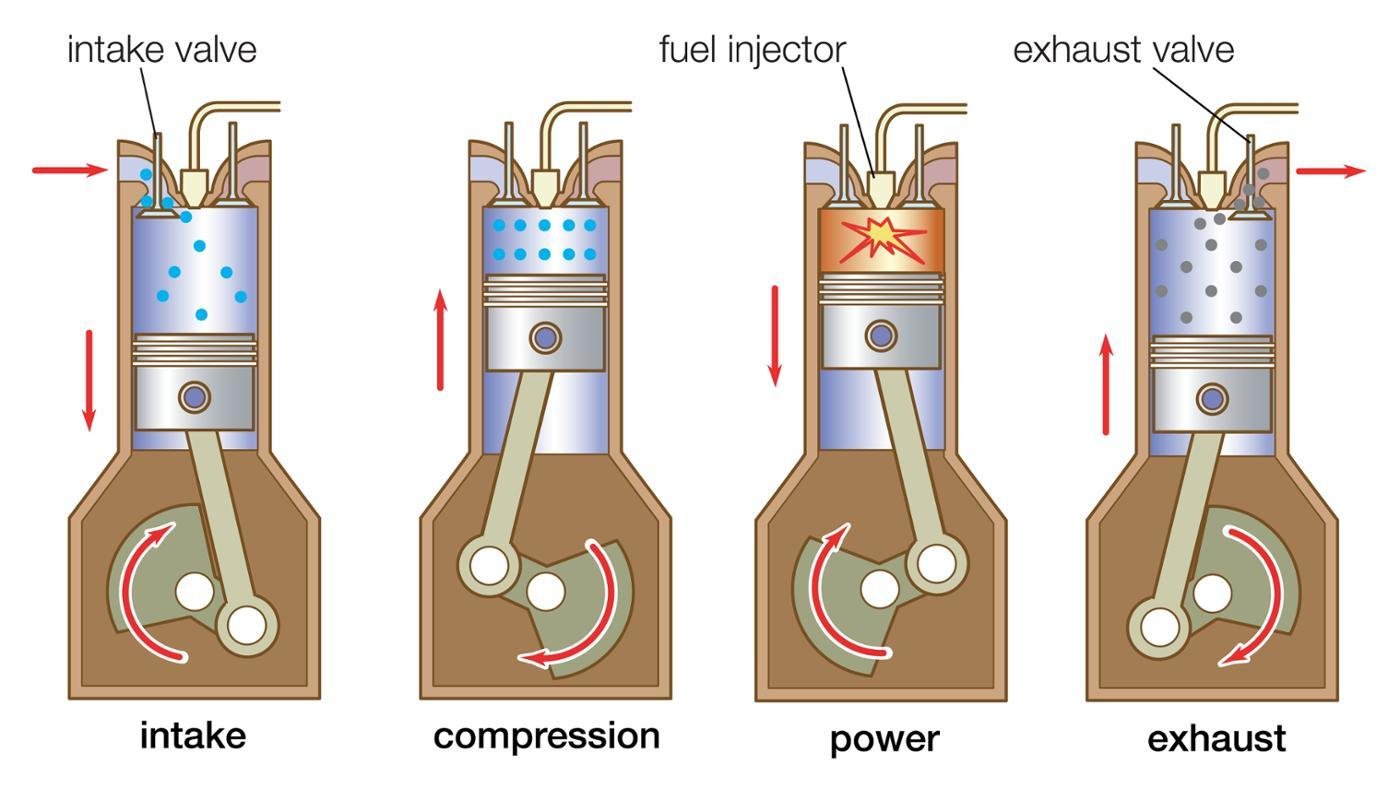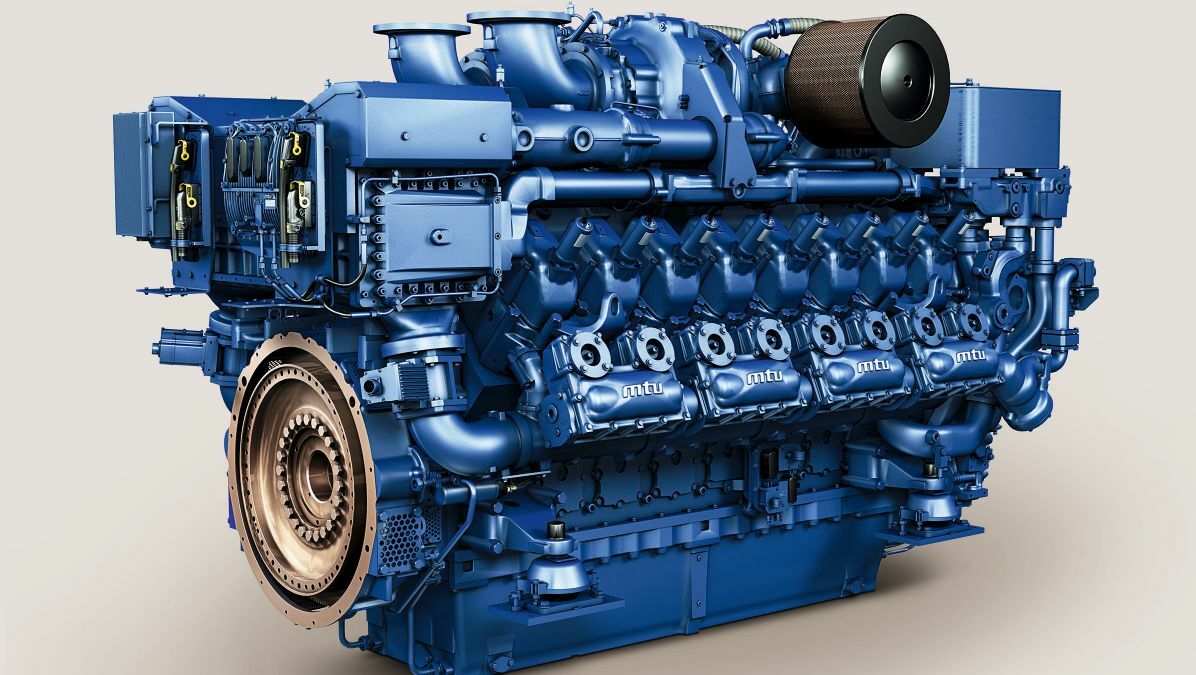Engines for Africa Available Now! Go To Our Trusted Car Parts Store
The Mission for Ultimate Driving Power: Checking Out the Peak of Engine Performance and Technological Developments in the Automotive Sector
In the realm of auto engineering, the quest of maximum driving power has actually been a relentless mission that has actually unfolded through the evolution of engine design and the combination of sophisticated modern technologies. From the meticulous craftsmanship of combustion engines to the fast developments in electric propulsion systems, the automobile industry stands at the cusp of a new era characterized by extraordinary performance capabilities.
Evolution of Engine Layout

Additionally, the assimilation of turbocharging and supercharging innovations has actually transformed engine layout by increasing power without dramatically enhancing engine dimension. These forced induction systems press the consumption air, enabling even more gas to be combusted, thus producing better power output from a smaller engine. This innovation has actually been particularly critical in boosting the performance of smaller sized displacement engines while keeping fuel efficiency standards.

Performance-Enhancing Fuel Technologies
The execution of sophisticated gas technologies has actually significantly added to enhancing engine efficiency in modern-day vehicles. Biofuels, obtained from eco-friendly sources like algae, sugarcane, or corn, offer reduced discharges and boosted engine performance. In addition, gas ingredients and cleaning agents are being formulated to clean engine elements, maximize combustion, and reduce friction, thus boosting total car efficiency.
Innovations in Electric Propulsion
Substantial strides in electric propulsion modern technology have revolutionized the vehicle industry, leading the way for a brand-new age of reliable and sustainable transport. Electric automobiles (EVs) are getting popularity as a result of their environmental advantages and innovations in battery innovation, allowing longer driving varieties and shorter charging times. Producers are investing heavily in research and development to enhance the performance of electrical propulsion systems, concentrating on raising power result, boosting power effectiveness, and minimizing general weight.
One remarkable innovation in electric propulsion is the development of advanced electric motors that supply greater torque and power thickness, leading to boosted velocity and overall driving efficiency. Furthermore, regenerative braking systems have actually been fine-tuned to keep and capture power during deceleration, more improving the effectiveness of EVs.
Furthermore, the integration of clever innovations, such as man-made intelligence and anticipating analytics, is optimizing the management of electric propulsion systems, making certain ideal performance under numerous driving problems. These developments in electric propulsion are improving the auto landscape, driving the market in the direction of a more lasting and energized future.
Effect of Computational Liquid Dynamics
With improvements in electric propulsion pushing the borders of automobile modern technology, the integration of Computational Fluid Characteristics is playing a critical function in maximizing aerodynamic efficiency and boosting overall effectiveness in vehicle layout. Computational Fluid Dynamics (CFD) entails the use of computer system Learn More Here simulations to analyze the flow of air around a lorry, enabling engineers to forecast how style adjustments will affect the rules of aerodynamics without the need for pricey physical prototypes. By precisely modeling air movement patterns, CFD permits the refinement of vehicle shapes to minimize drag, boost air conditioning, and enhance security.
One key advantage of utilizing CFD in car layout is the ability to repeat quickly, exploring many layout variants to identify one of the most aerodynamically efficient options. This repetitive procedure results in automobiles that are not only sleeker and much more aesthetically appealing however likewise more eco pleasant and fuel-efficient. CFD makes it possible for engineers to optimize airflow around components such as radiators, engine bays, and wheel wells, adding to improved performance and overall driving experience. In conclusion, the integration of Computational Liquid Characteristics stands for a significant advance in the pursuit for best driving power and efficiency in the automobile market.
Future Trends in Engine Technology
In the vibrant landscape of automobile design, innovative developments are forming the future trajectory of engine advancement. The future of engine design is noted by a strong focus on performance, sustainability, and performance. Producers are significantly concentrating on creating engines that not only supply high power outcomes but likewise focus on environmental duty by minimizing emissions and improving fuel efficiency.
One famous trend in engine technology is the increase of electrification. Crossbreed and electric powertrains are getting traction as feasible options to traditional burning engines. These innovations supply the capacity for significant decreases in carbon emissions and enhanced power efficiency, straightening with worldwide initiatives to deal with climate modification.
Furthermore, improvements in materials scientific research and manufacturing techniques are allowing the manufacturing of lighter and extra durable engine components. This shift towards lightweight products such as carbon fiber and light weight aluminum alloys adds to boosted performance and fuel economic situation.
Verdict
To conclude, the quest of utmost driving power in the auto sector go remains to drive advancements in engine design, fuel innovations, electric propulsion, and computational fluid dynamics. The evolution of these technologies is forming the future of engine innovation, leading the way for more effective and effective cars (engines for africa). As the sector remains to push the limits of what is possible, we can expect to see even more revolutionary advancements in the mission for peak performance
One of the vital landmarks in engine style development is the transition from traditional carbureted engines to modern-day fuel-injected systems. By exactly metering the fuel distribution to each cyndrical tube, fuel-injected engines optimize burning, resulting in much better performance and reduced ecological impact.
Furthermore, the assimilation of turbocharging and supercharging technologies has actually transformed engine design by enhancing power without substantially increasing engine dimension (engines for africa).The application of innovative fuel technologies look at more info has actually considerably added to improving engine performance in contemporary vehicles. In addition, fuel ingredients and detergents are being developed to clean engine elements, optimize combustion, and reduce rubbing, thereby improving overall lorry performance